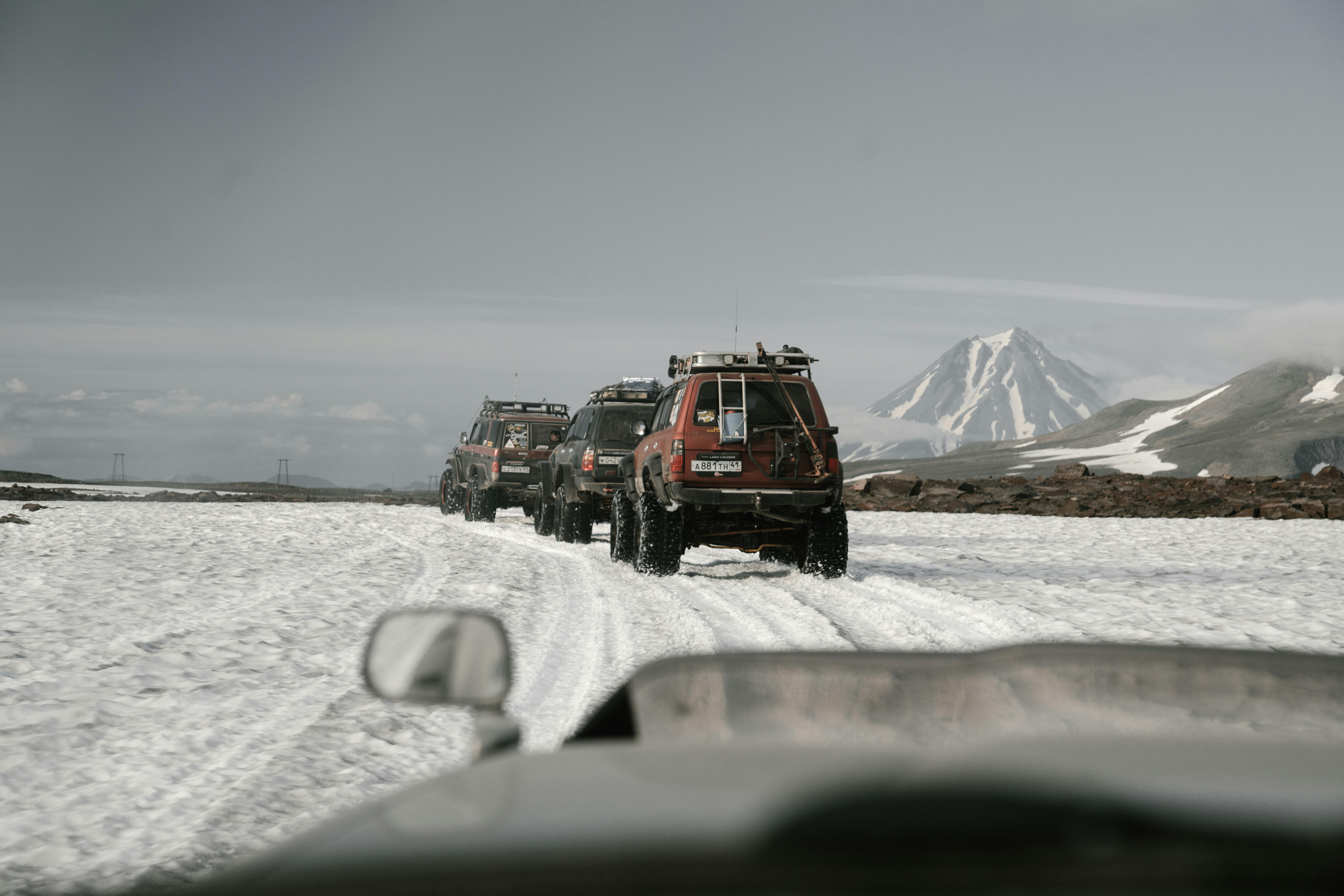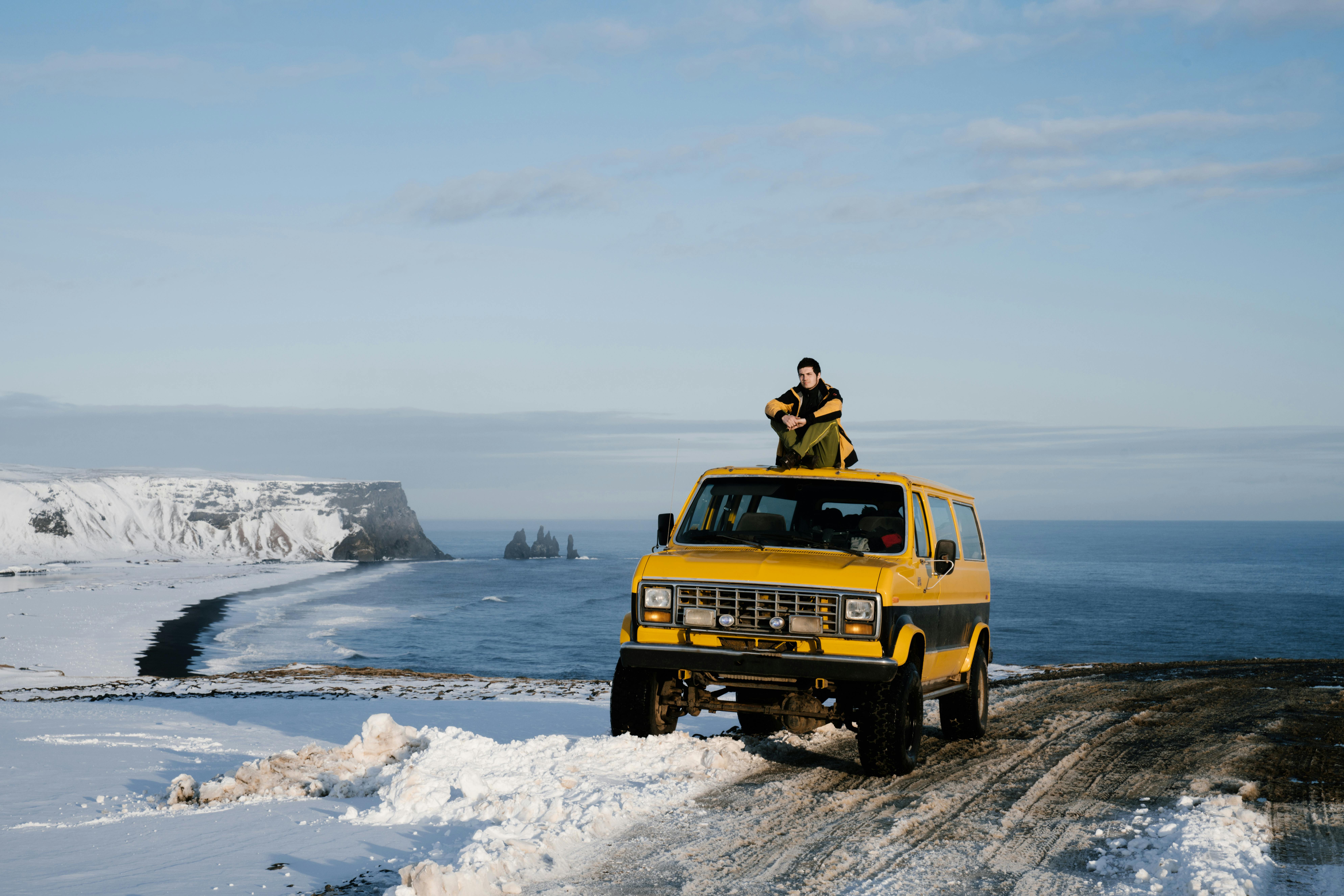Beginning of spring. I consider this period to be the most difficult to search and fish. In large rivers, the ice has already receded, but the water is quite cold, due to the melting of snow and ice in the bays and the introduction of “hard” water into the riverbeds. The fish at this time is idle.
It is not difficult to determine this period. The snow has already fallen, but nature has not yet awakened. The rivers have a dull gray appearance, and the banks, bristling with bare branches of bushes and trees, do not add optimism to the first fishermen already sitting near the spring.
But is everything so hopeless? No, you can fish at this time. Let’s define together those terms that will not allow you to go home without problems at this time.
I will tell you on the example of a river near which I live and fish most often. I will clarify all the necessary nuances.
Choose a place to fish
The floodplain of my river is such that on the shallower, shallower left bank, aquatic vegetation is located from the water’s edge at a distance of 12-15 meters. The depth at such a distance is insignificant. The right bank is steeper and thickets of aquatic vegetation begin at 3-5 meters. It’s much deeper here. Which shore to choose?
It should be noted that during the period of increased solar activity, the water is stratified by temperature. The warmest water is found in the shallow bays on the north coast. Thus, the left bank is more preferable, which is shallower, and therefore warmer, with aquatic vegetation far from the edge of the water at a shallow depth, which also creates a sense of security for the fish (given the transparency of the water) . If you add to the above the presence of warm sewage in one place, then, most likely, this is the place that you need to pay attention to in the first place. Though of course this is just a general discussion. So to speak, the guide to action. I think that practically all the fishermen in their regions know well the places where the season is better from one year to another. Don’t philosophize, rape them first!
a way of fishing
The feeder, I think, is the very tackle that will not allow the early spring to leave the river empty. And here it is appropriate to say a few words about the minimum necessary equipment. And in the feeder, it is, above all, a cane that has certain qualities. Personally, I use the TM “Flagman” “Pride” rod. This heavy-duty feeder with a length of 3.6 meters allows you to drop feeders up to 125 grams. The rod is lightweight and reliable, equipped with three interchangeable tips and different stiffnesses and caters for all catching conditions, from stagnant water to strong current, and provides excellent visual control. After all, the process of catching involves the need to track down the most delicate “early spring” bites of dormant fish. Knowing that not everyone can afford a name brand fishing rod, I mean you can catch any cheap fishing rod or spinning rod.
Since we fish in shallow waters close to shore, a monolayer with a breaking load of three kilograms (I use Salmo Evolution with a diameter of 0.17) is quite suitable. You should not put thicker. With the help of this line, I made long enough casts and dug solid fish into the eighty gram feeder “load”, without using any shock leaders! For those who can afford it, try catching on a string. I have now switched to Berkley’s “Fireline” and can say that for catching a feeder in some cases this is the best option. The braids are strong and strong, and thin at the same time, and most importantly, they have a quality that is of the utmost importance for this type of capture: they are super sensitive!
feeder hooks
I use Gamakatsu No. 16 hooks from the F-21 series. Very thin, strong, which allows holding a large fish. In addition, they are perfectly suited to fixing bloodworms, which is the number one bait in the described period.
Feeders
Open type. I use the feeder type, the bottom of which is two lead “skis”, connected to each other by a wire mesh. The upper part is a cylindrical grid. When lifting this feeder from the bottom, lead “skis” play the role of underwater wings, and the net between them plays the role of a stabilizer, making it easy to start the feeder from the bottom and bring it to shore. The channel is tied to the main line. Above a distance of 10-12 cm, weave a loop, to which the strap is attached in the manner “loop in the loop”. The use of lateral or triple swivels is considered unjustified in clear water.
Note: For a more convenient definition of fish flocks, I recommend that you use a fish finder, which will greatly speed up your fishing process. Read more: how to read a probe
jump for feeder
A separate topic for conversation. In the clear water period, I mainly use fluorocarbon. The material itself I wouldn’t call transparent, but in the water it becomes almost invisible. I use Berkley Vanish Transition for the straps. The diameter is not so important due to the invisibility of this line. When I fish with braid, I use straps with a diameter of 0.18 mm and a breaking load of 2.9 kg. The line of this diameter is less confused and twisted by the flow of water. Hook one!
The length of the strap is 50-80 cm. The stronger the current, the longer the leash should be. With a strap, I put a shot with a weight of 0.3-0.5 gr., which can be moved. So I will explain below.
Bait for the feeder
Considering that for ten days in March spent on the river with the feeder, I did not see a worm bite, spells, etc. – My only bait of this period is the bloodworm in its pure form, without snacks.
First, we put on the hook a small ball of plastic foam of white color, then two or three bloodworms, planting them with rings (that is, piercing the body under the head and in the tail). I hide the stinger in the tail of the last bloodworm. The foam ball on the hook raises a hook with a high mouthpiece in stagnant water, which is limited to a pellet with a strap and allows different layers of water to be caught. In the current, the ball restricts the free oscillation of the belt.
I can’t say anything specific about why Styrofoam attracts fish so much. I know one thing – a scarlet bloodworm on a white background from a ball becomes such a bright target, from which neither the roach nor the chub does not deny themselves in the spring (these fish often give the main weight in my catch ). In addition, playing a certain depth of bait with an invisible leash does not leave any fish indifferent, seeing the bait from a fairly long distance. The nozzle packing method is dictated by the presence of a large number of fry, which, with the traditional method of planting this delicate bait, pulls on the tail of the larvae, causing the top of the feeder to register false bites . This leads to unreasonable lifting of the gear from the bottom and a reduction in the fishing net.
“Feeding for the trough”
As a base, I use a winter bait with Betaine, which works well in our region. The composition is as follows:
1) The base is 500g;
2) Powdered milk – 1/2 cup;
3) Cinnamon – 1 teaspoon;
4) Cocoa – 1 tablespoon;
5) Ground dog food with liver odor – 1 glass;
6) As binder: ground oat flakes;
7) The ripper is sand, in case you are too lazy and go overboard with the water.
An important note: on the consistency of the composition: the bait must be washed from the feeder during the first ten minutes. To determine the “release” interval of the feed mix feeder after the first cast, I lift the feeder up after 3-4 minutes, regardless of whether the bite was or not. Depending on the state and amount of bait left in the bird feeder, you can determine whether the composition is loose enough or vice versa, and add a ripper or a binder to it, respectively. Using the popular “bread + stain” type in cold water does not give any decent results, especially when the consistency resembles window putty.
Now that we are ready to fish, we only have to drop the gear accordingly, arriving at the same chosen place. Now it is not difficult, because long casts are not needed. If you don’t trust your eye, use an additional wand equipped with a marker. After installing it on the water surface, you will always have a reliable reference point… Using these simple techniques and equipment will allow you to honorably come out of the unspoken competition with fellow fishermen who surround themselves with a stockade of ordinary donkeys. You will only have one feeder! That’s why, since I have nothing against ordinary spinning donkeys, I prefer a more delicate equipment.
Try it, maybe you will like it!
So, based on the above, the assembly for the spring catch on the feeder looks like this:
– a heavy class rod, with a proof within the limits of 125-150 gr;
– EU 3500-4000 coil of the “Line Winder”;
– a braid with a breaking load of 7 kg of circular cross section or a special line for feeder fishing, such as “Albacore” or similar, with a diameter of 0.17-0.12 mm.
I wish the whole “brotherhood” the best of luck in the new fishing season!









